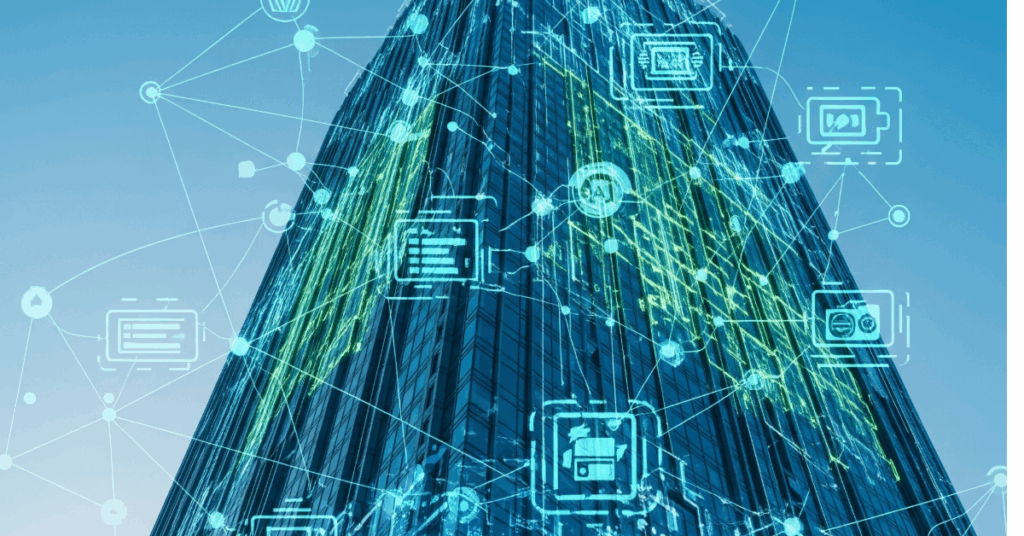
A Transformative Year for Smarter Buildings: From Niche Focus to Linux Foundation Powerhouse
The past year has been nothing short of transformative for the journey toward smarter buildings. What began as a more narrowly focused effort, the Coalition
Home » Automated Buildings

The past year has been nothing short of transformative for the journey toward smarter buildings. What began as a more narrowly focused effort, the Coalition
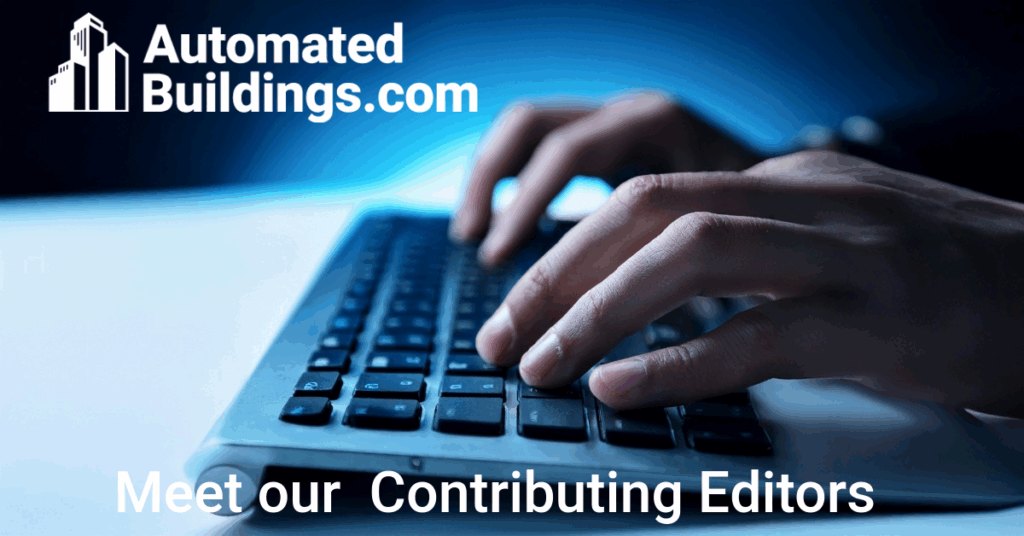
For over two decades, AutomatedBuildings.com has served as the premier library for the smart buildings industry, thanks to its community-powered content model. Unlike traditional media outlets,
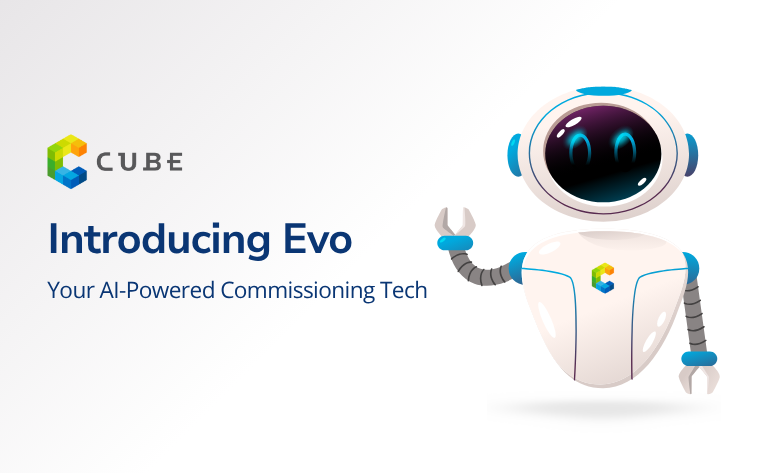
In an era of rising energy costs, labor shortages, and ever-increasing performance expectations, the building automation industry is standing at a crossroads. Technological advancements are
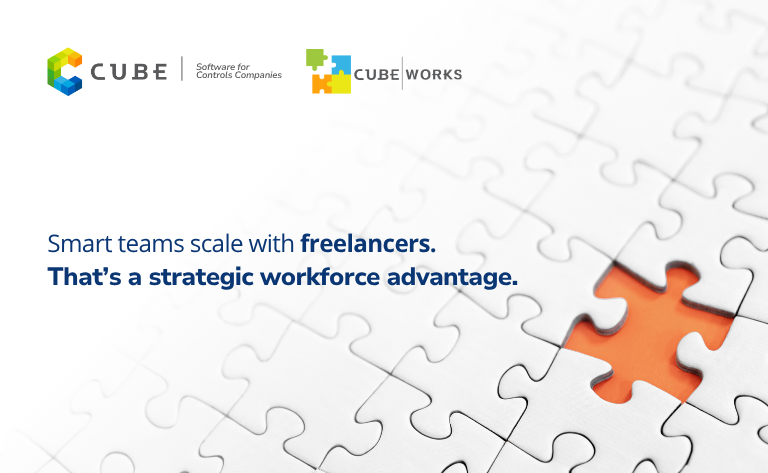
A Guide to Agile Workforce Models in Building Automation The Building Management Systems (BMS) industry stands at a crossroads. On one hand, the demand for

“We need to speed things up.”That’s the most common phrase we hear from engineering and commissioning teams. They’re overwhelmed with checklists, buried in manual tests,
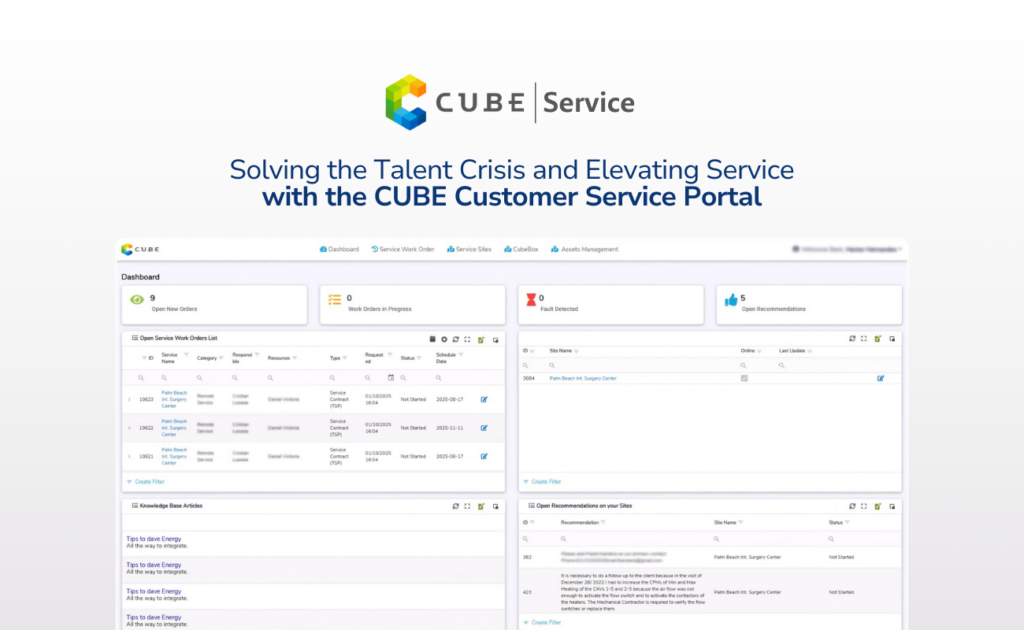
The service industry is facing a crossroads. On one side, client expectations are rising — fast. On the other hand, talent shortages are tightening, making
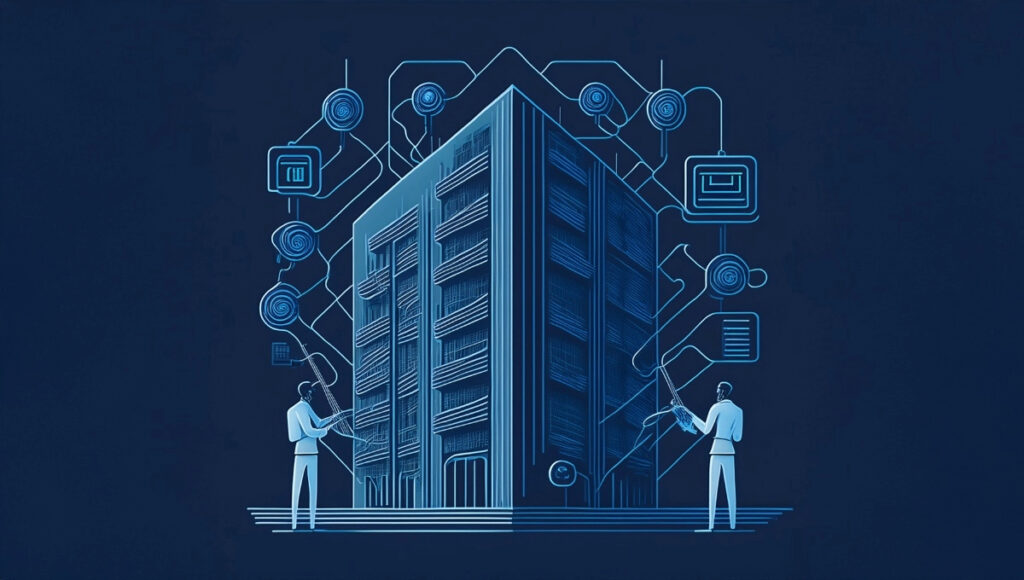
The latest *Monday Live* episode marked a special milestone: 5 years and 224 episodes of exploring the future of smart buildings. Hosts Ken Sinclair and
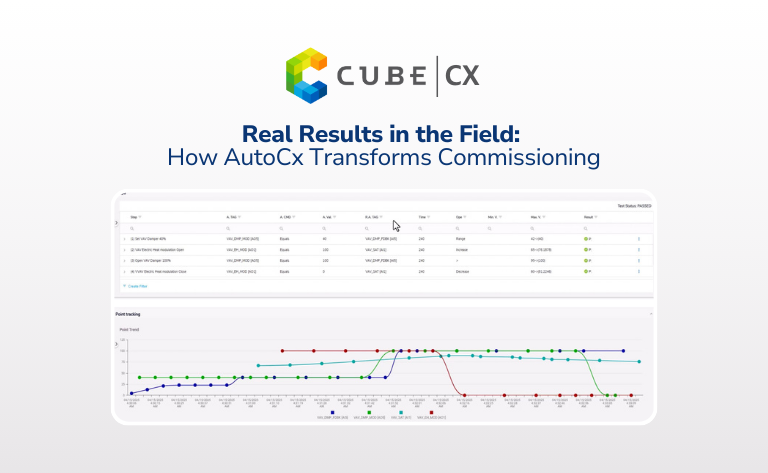
Commissioning can be complex, time-consuming, and resource-intensive — but what if it didn’t have to be?Today, I want to walk you through a real-world example
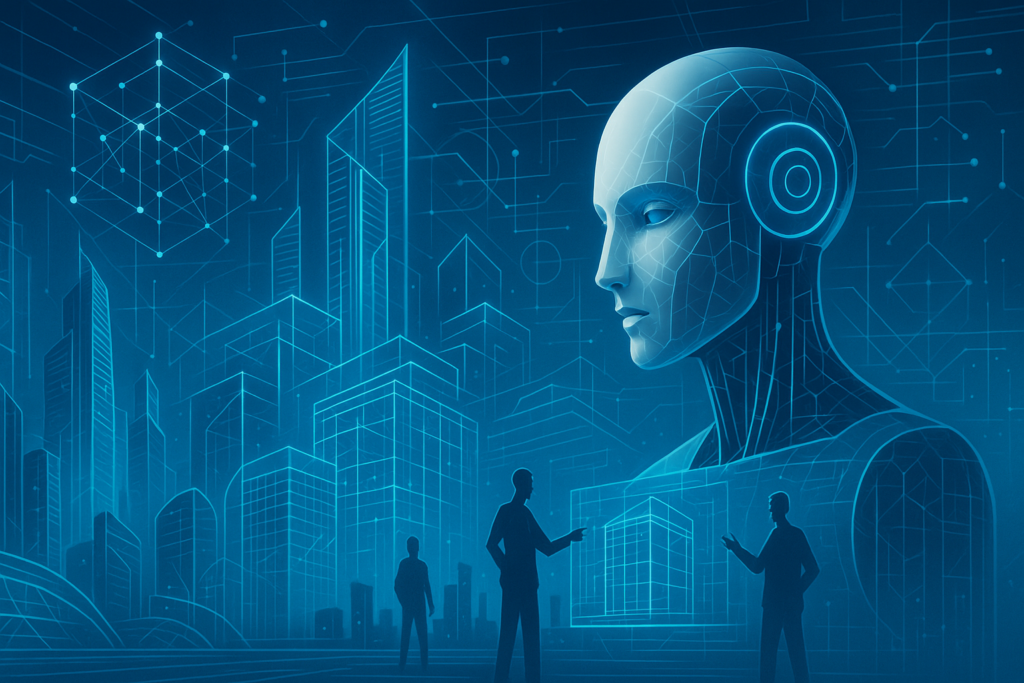
Monday Live Recap: Ontologies, AI, and the Future of Building Data This week’s MondayLive! the session explored whether ontologies still matter in the age of AI,

Stephanie Poole, Principal of SES Consulting, shared a quick story that sets the stage for today’s conversation. Recently, I worked with a client who installed

The past year has been nothing short of transformative for the journey toward smarter buildings. What began as a more narrowly focused effort, the Coalition

For over two decades, AutomatedBuildings.com has served as the premier library for the smart buildings industry, thanks to its community-powered content model. Unlike traditional media outlets,

In an era of rising energy costs, labor shortages, and ever-increasing performance expectations, the building automation industry is standing at a crossroads. Technological advancements are

A Guide to Agile Workforce Models in Building Automation The Building Management Systems (BMS) industry stands at a crossroads. On one hand, the demand for

“We need to speed things up.”That’s the most common phrase we hear from engineering and commissioning teams. They’re overwhelmed with checklists, buried in manual tests,

The service industry is facing a crossroads. On one side, client expectations are rising — fast. On the other hand, talent shortages are tightening, making

The latest *Monday Live* episode marked a special milestone: 5 years and 224 episodes of exploring the future of smart buildings. Hosts Ken Sinclair and

Commissioning can be complex, time-consuming, and resource-intensive — but what if it didn’t have to be?Today, I want to walk you through a real-world example

Monday Live Recap: Ontologies, AI, and the Future of Building Data This week’s MondayLive! the session explored whether ontologies still matter in the age of AI,

Stephanie Poole, Principal of SES Consulting, shared a quick story that sets the stage for today’s conversation. Recently, I worked with a client who installed
Our LinkedIn group has more than 5000 members + 24K LinkedIn connections
Email sponsors@automatedbuildings.com